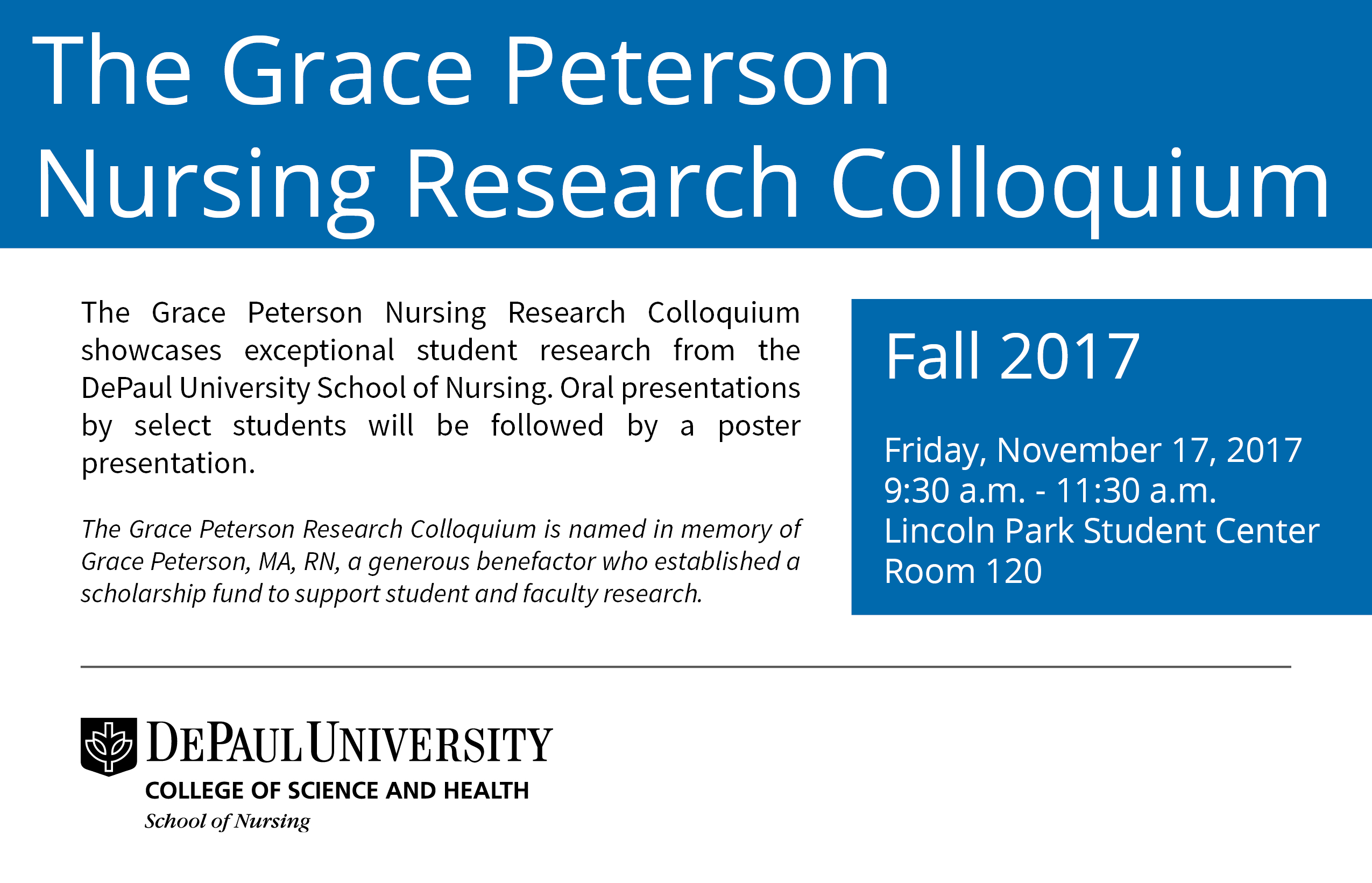Title of Research
Effectiveness of Nurse Practitioners/Physician's Assistants in Triage
Start Date
17-11-2017 10:00 AM
End Date
17-11-2017 11:30 AM
Abstract
As the number of patients seen annually by Emergency Departments (EDs) continues to increase, EDs have implemented a number of strategies to improve throughput efficiency, including placing nurse practitioners and/or physician’s assistants in triage. While prior studies have found these strategies to be effective, they have failed to distinguish between whether this intervention truly reduces left without being seen rates or simply encourages elopement, whereby patients who have received a medical screening exam then leave without receiving definitive treatment or disposition. This study reviewed throughput at a site that placed mid-level providers in triage, comparing metrics in the months prior to and after implementation. Wait times were reduced by an average of over 12 minutes, with greater reductions observed in patients who were not admitted. There were no significant effects on overall length of stay. Further, there was a significant shift of 12 percentage points to patients eloping rather than leaving without being seen.
Included in
Effectiveness of Nurse Practitioners/Physician's Assistants in Triage
As the number of patients seen annually by Emergency Departments (EDs) continues to increase, EDs have implemented a number of strategies to improve throughput efficiency, including placing nurse practitioners and/or physician’s assistants in triage. While prior studies have found these strategies to be effective, they have failed to distinguish between whether this intervention truly reduces left without being seen rates or simply encourages elopement, whereby patients who have received a medical screening exam then leave without receiving definitive treatment or disposition. This study reviewed throughput at a site that placed mid-level providers in triage, comparing metrics in the months prior to and after implementation. Wait times were reduced by an average of over 12 minutes, with greater reductions observed in patients who were not admitted. There were no significant effects on overall length of stay. Further, there was a significant shift of 12 percentage points to patients eloping rather than leaving without being seen.


